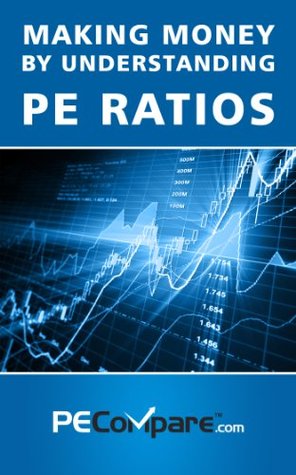Kindle Notes & Highlights
The PEG ratio factors in the growth of a company with its PE ratio. A PEG of 1 infers a fairly priced stock, a PEG of less than 1 is considered undervalued, a PEG much over 2 is considered overvalued.
If the projected growth rate is 20%, the PEG ratio is .5 - The calculation is 10 (this is the PE) divided by 20 (the growth rate), which gives us .5 – a number less than 1. This stock would be considered a buy.
A real world example of where you can see the PEG ratio in action is in the stock of Apple (AAPL), which (at the time of this writing) was trading in the $650 range. The stock continues to climb, but the PEG ratio is a low .62. The reason the PEG remains low despite the higher stock price is that APPL’s PE is 15, and the growth rate is high. Once again, the price of the stock doesn’t give you any information about the valuation of the company. In APPL’s case, even a seemingly high priced stock is very inexpensive based on its PEG ratio.
Remember, the PE ratio equates to the number of years it would take the company to earn the amount of money that is being paid for it.
PEcompare.com
The point here is that PE ratios are specific to the sector in which your stock resides.


